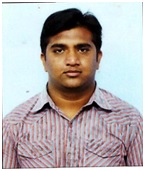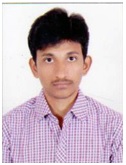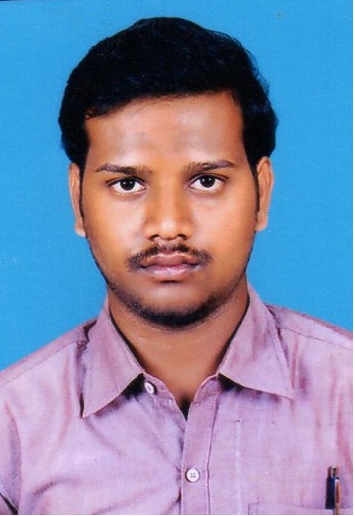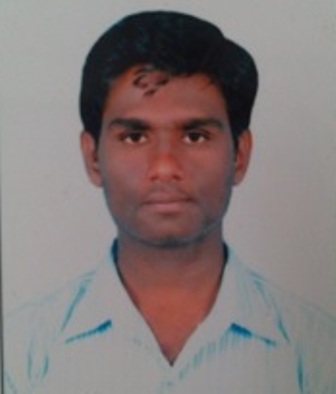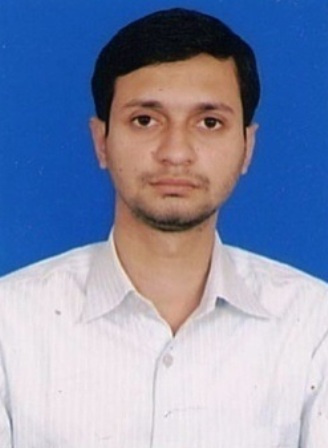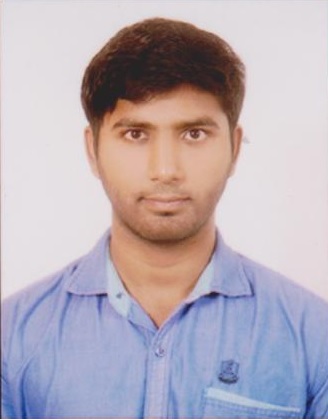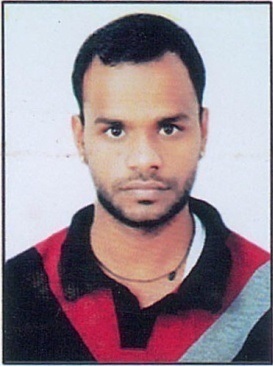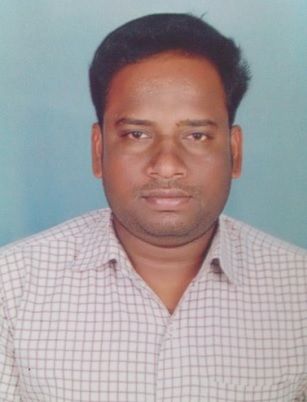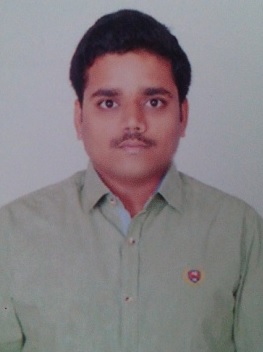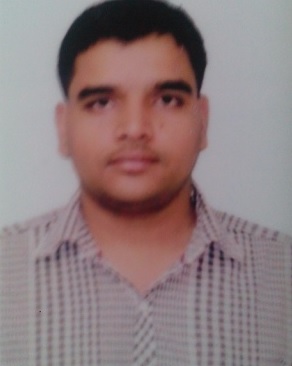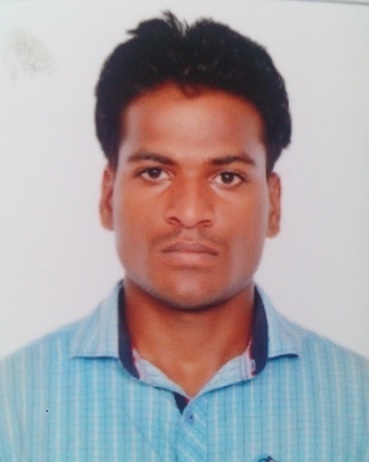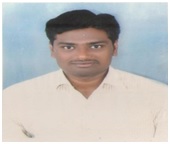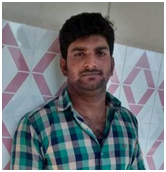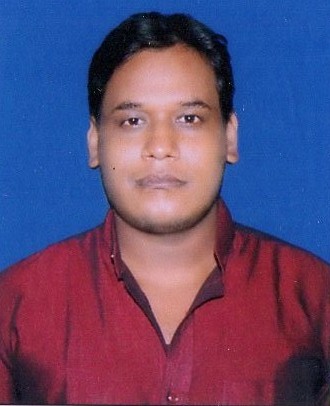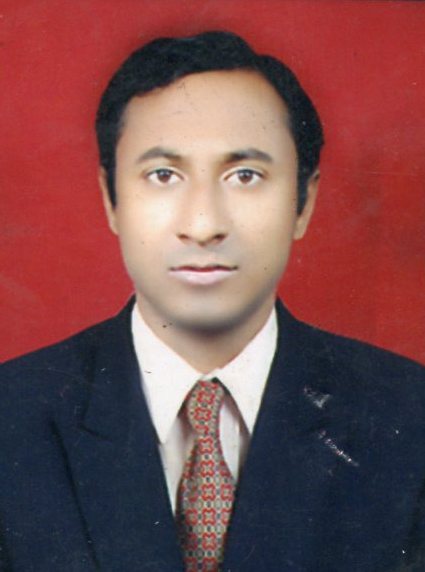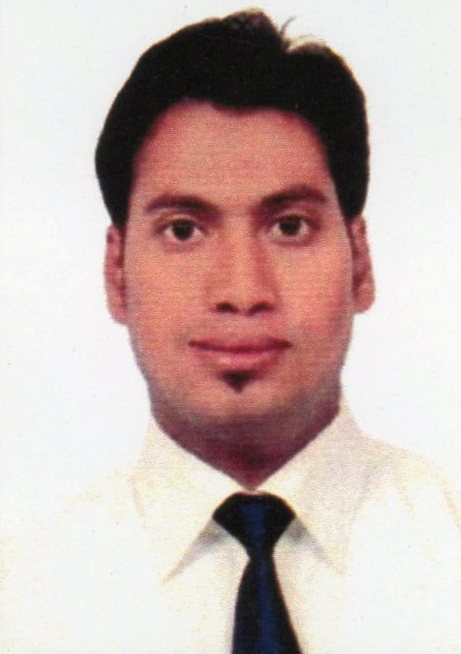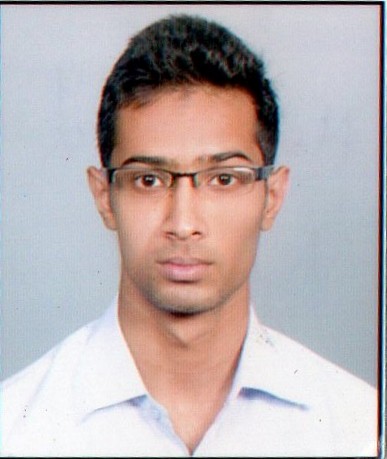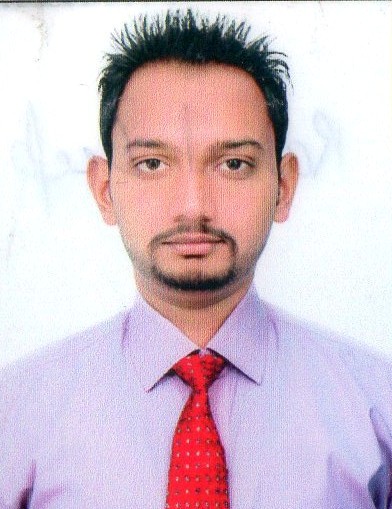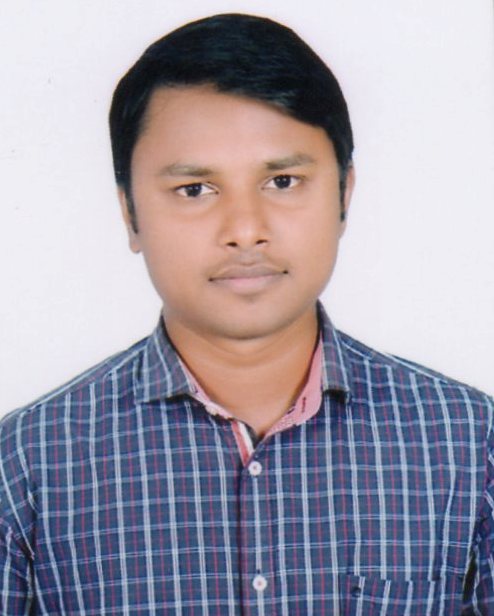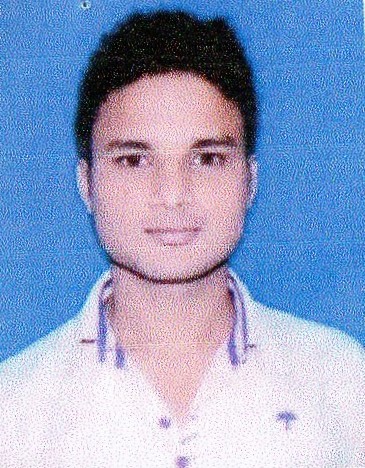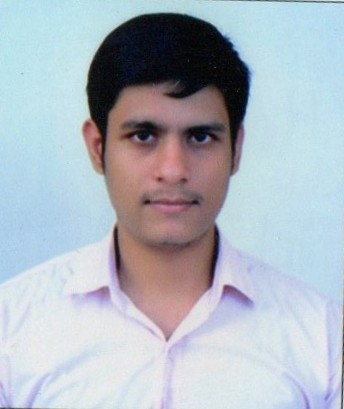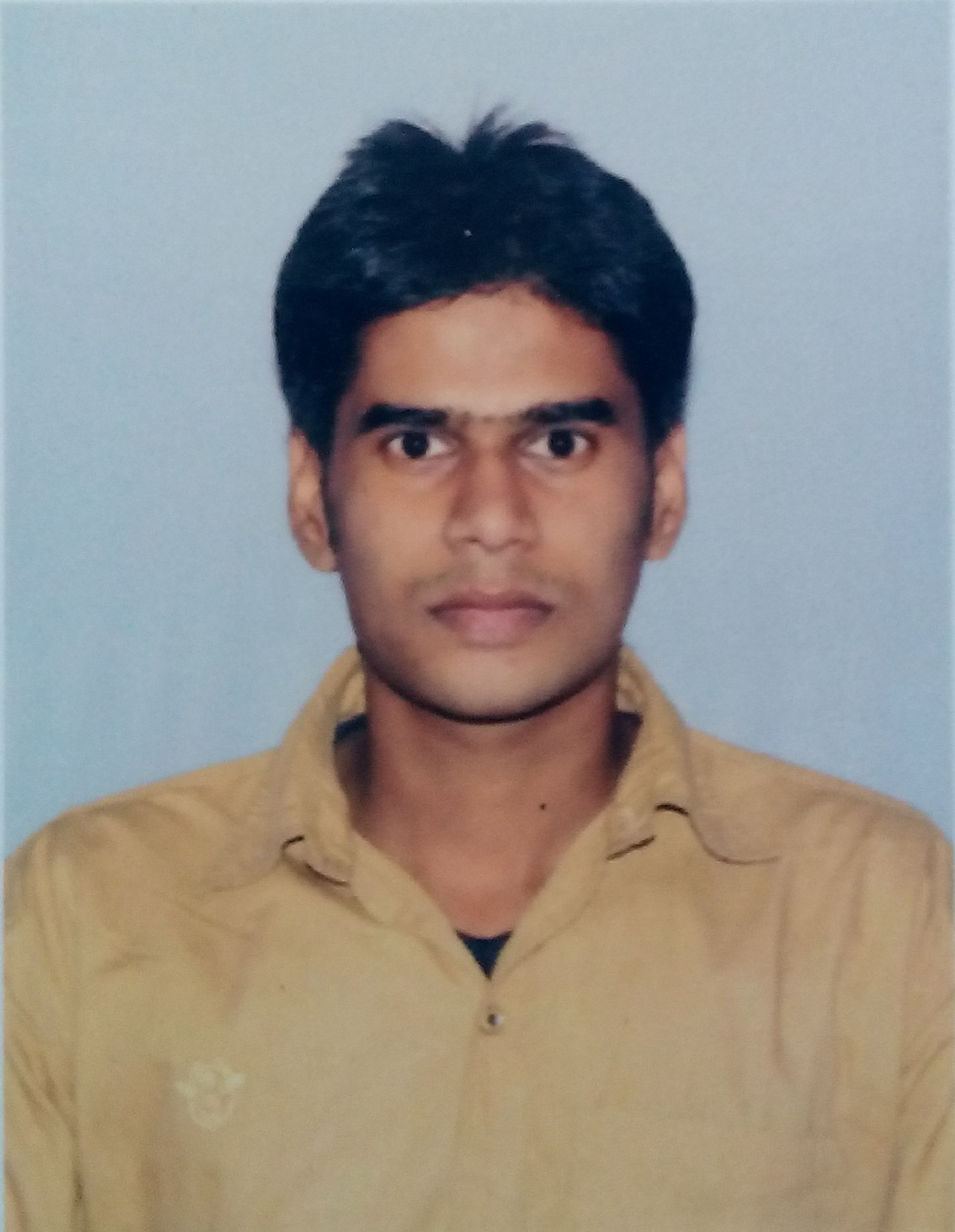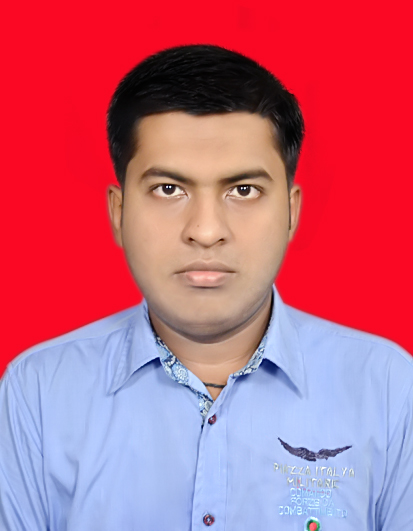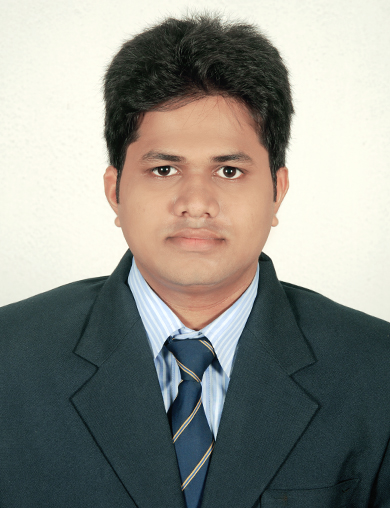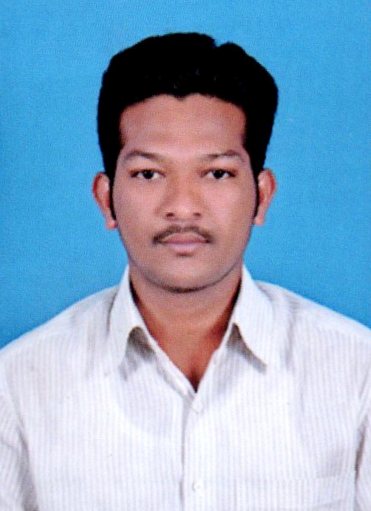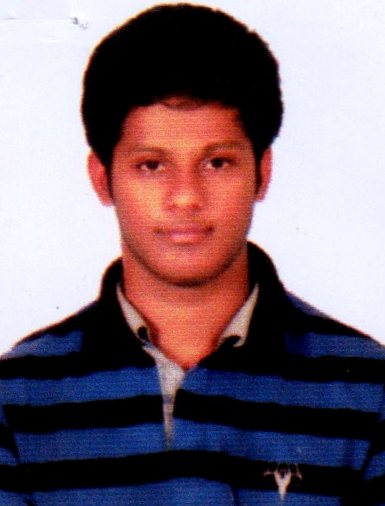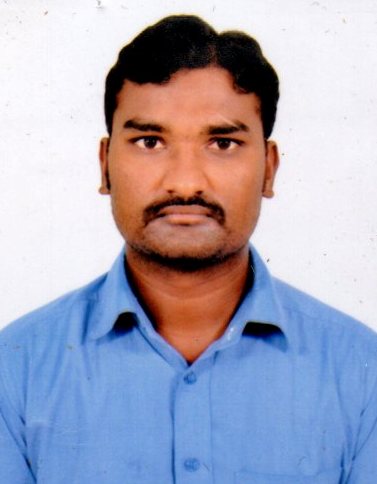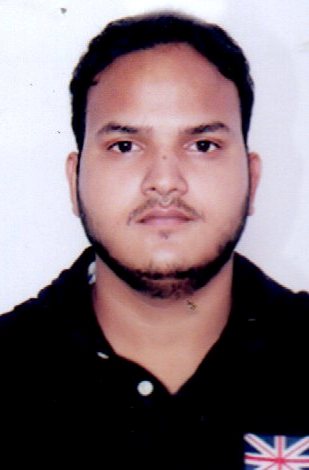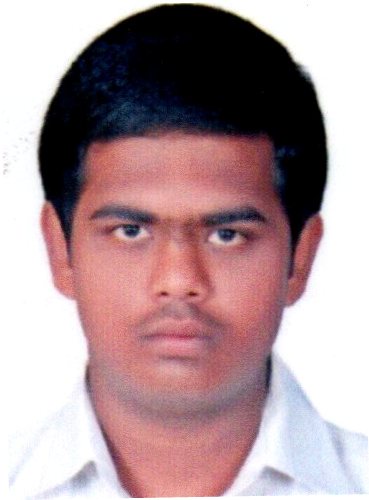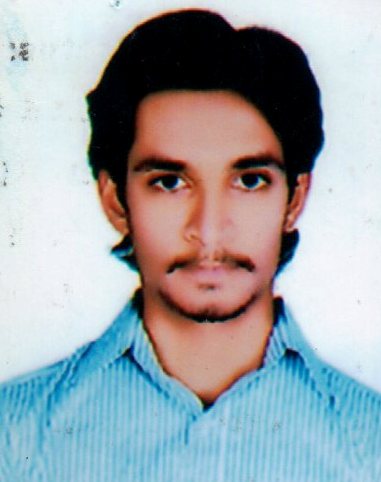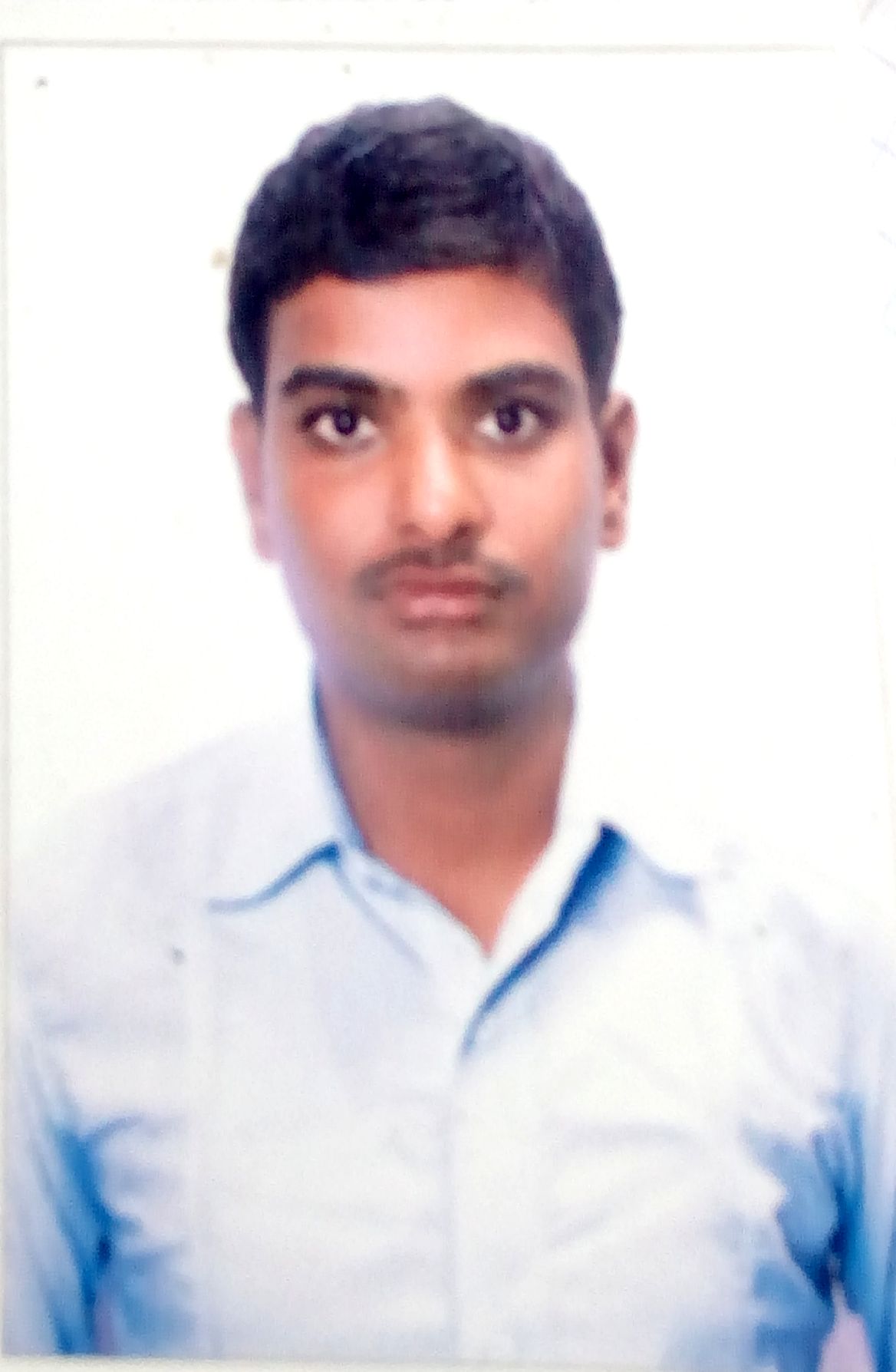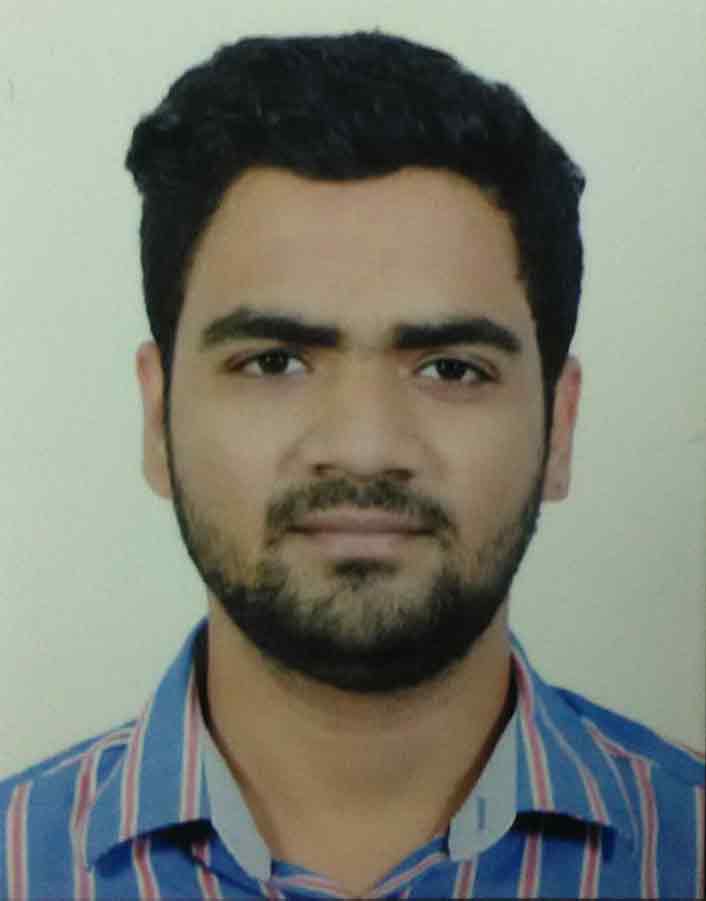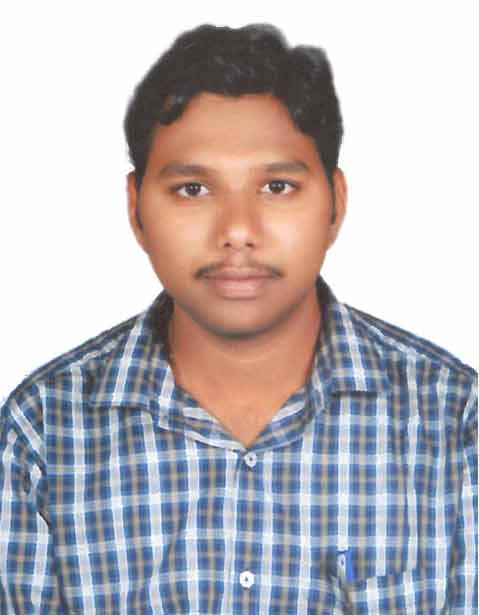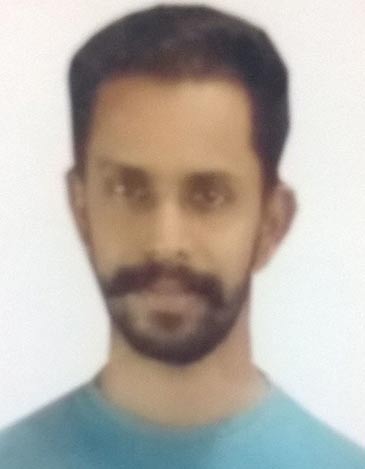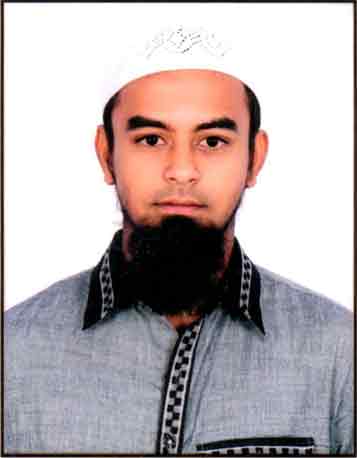Hyderabad
+91 9908080913
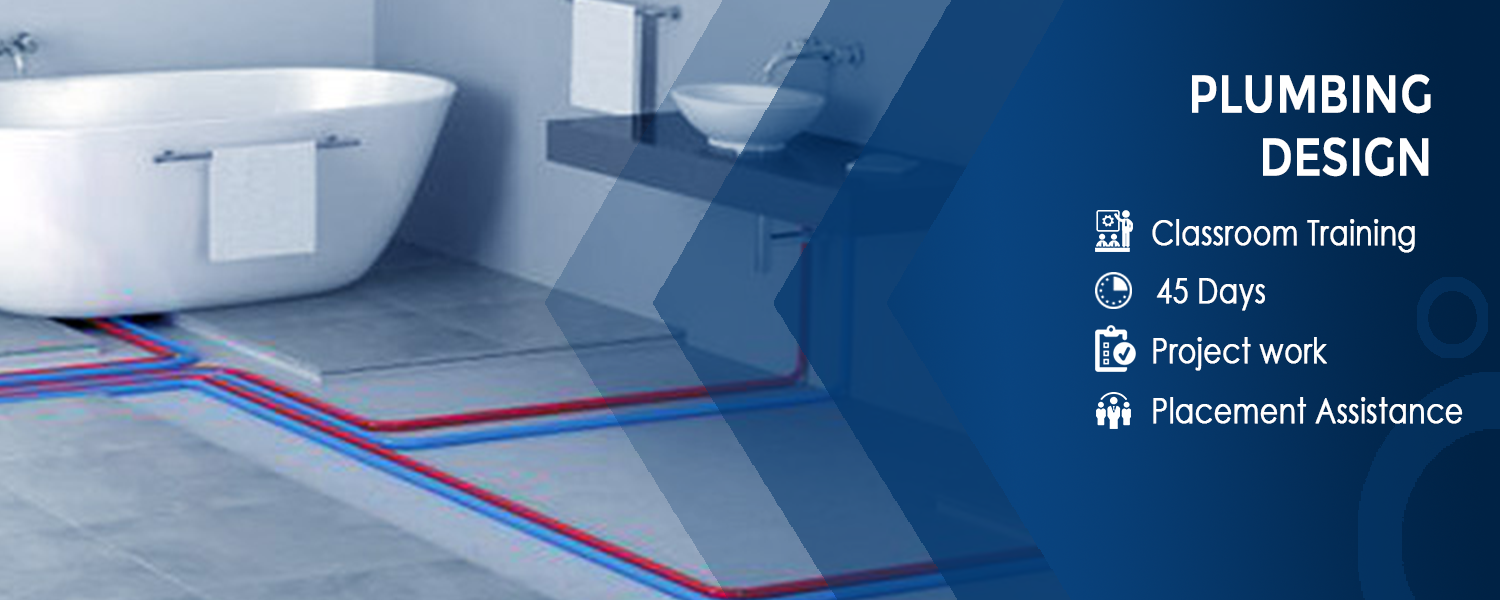
The Course enables the entry level and working engineers to understand the basics, different systems used in Plumbing systems for Domestic and commercial purposes.
To achieve the optimal design, one should needs good analytical skills and up-to-date technical knowledge of various system designs. This training is useful to design Plumbing Systems. This training is an opportunity to apply the academics and develop an understanding of how to develop solution-driven concepts and translate them into a complete set of plans and prototypes.
Plumbing Required in Commercial Buildings, Airports, Shopping malls, Petrochemical complex, refineries, pharmaceutical industry, Aerospace industry, Hospitals etc..,
1. Plumbing Systems
a. Fundamentals of Plumbing System
b. Introduction, Definitions & Concepts
c. List of codes & Standards
d. Fixtures, Faucets and Fixture fittings
i. Washbasin
ii. Water Closet
iii. Bidet
iv. Bathtub
v. Shower
vi. Urinals
vii. Kitchen sink
viii. Floor Drain
2. Design of Domestic Water Supply and Distribution System
a. Requirements of Water Supply system
b. Water Demand Calculations Water
c. StorageCalculationsUndergroundSump(UGS)sizing
ElevatedstorageReservoir(ESR)sizingInternalWater
Supply System
d. Direct Pumping System
e. Hydro-pneumatic system
f. Over Head tank distribution system
g. Design Procedure for Internal Water Supply System
h. Flow rate (q) & Loading Unit (z)-From probability equation
i. Hazen Williams Formula for Head loss Calculation
InternalWater Supply Pipe sizing calculations
Pumping Calculations- HP/Watts
j. Number of tapping to be connected Heavier Size Pipes.
k. Material used in internal water supply system
l. . External. Water Supply System
m. Number of Population served
n. Number of Fixtures served by Each Pipe
o. Design Procedure for External Water supply System External
Water Supply Pipe Sizing Calculations Material used
in External water supply system
p. Water Supply Schematic Layout
3. Design of Sanitary Drainage System
a. Requirements of Sanitary Drainage System
b. Types of Sanitary Drainage Systems
c. Single stack system
d. Single stack (partially ventilated ) system
e. One Pipe System
f. Two Pipe System
g. System requirement for Internal Sanitary Drainage System
h. Internal Sanitary Drainage Pipe Sizing Calculations
i. Design Procedure for External Sanitary Drainage System
j. External Sanitary Drainage Pipe Sizing Calculations
k. Calculation of Slope by Manning’s formula
l. Calculating Depth of Inspection Chamber/Manholes
m. Sanitary Drainage Schematic Layout
n. Design of Storm Water Drainage System
o. Design of Basement Drainage System
p. Using Manning’s Formula and Rational formula
q. Storm Water Drainage Pipe Sizing Calculations
r. Material used in Sanitary Drainage system
4. Drawings – Plumbing Layouts
a. Legends used in Plumbing
b. Legends used in Plumbing
c. Typical Floor Plan-Plumbing Layout
d. Enlarged Kitchen & Utility-Plumbing Layout
e. Riser Diagram for multi storied buildings.
5. The Other aspects
a. Life Cycle of the Project
b. Different stages in Design and Drafting
c. Communication between the different teams,
d. Mode of communication using standard formats
and templates
e. Project Management Tools
f. Maintaining Safe and healthy working environment
6. Fundamentals of Fire Fighting Sytem
7.Fire Fighting Standards According to NFDA
8. Sprinklers Types and Calculations
9. Requirments of Fire Protection System
10. Calculation of Fire Hydrent System
11. Design of Fire Water and Pumping Calculations
12. Fire Alarm System
a. Conventinal Fire Alarm System
b. Automatic Fire Alarm System
13. Employability Skills Improving
a. Resume Writing Skills Improving
b. Interview Skills En powering
c. En Powering of Interpersonal Relationships.
d. Stress Management.
e. Positive Attitude Development.
f. Self-Motivation.
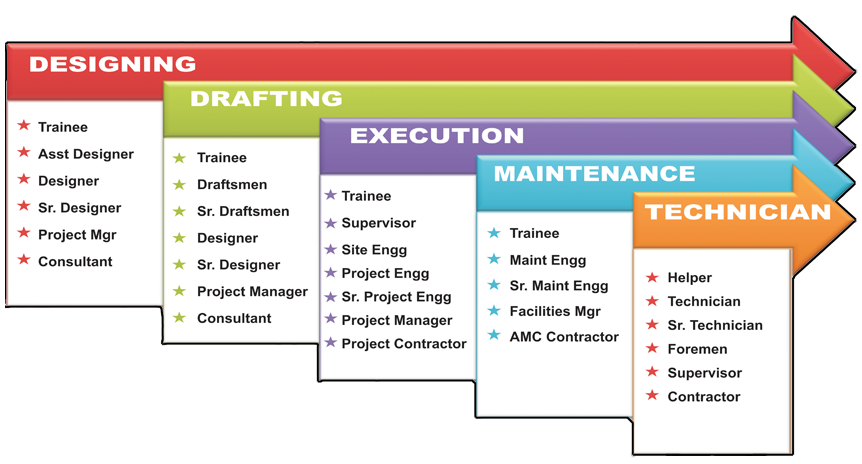
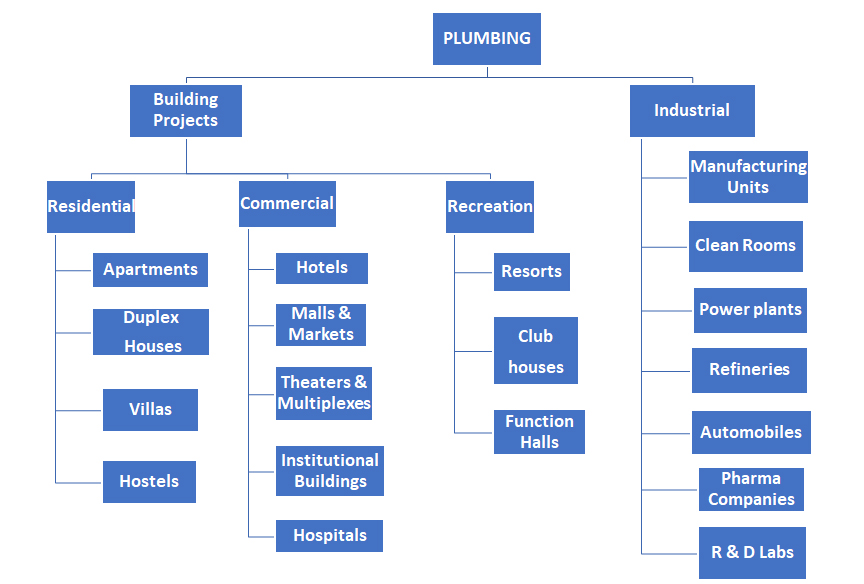 As water resources are depleting day to day, there is an immediate attention for economical water consumption & recycling, making Public Health Engineering a significant element. Plumbing industry has been around in one form or other from 8000 years spreading its wings from unclogging household drains to installing high pressure industrial steam pipes. Recent trends in construction & plumbing sectors, results in tremendous increase in volatility over the past few years consequently generating a huge work platform.
As water resources are depleting day to day, there is an immediate attention for economical water consumption & recycling, making Public Health Engineering a significant element. Plumbing industry has been around in one form or other from 8000 years spreading its wings from unclogging household drains to installing high pressure industrial steam pipes. Recent trends in construction & plumbing sectors, results in tremendous increase in volatility over the past few years consequently generating a huge work platform.
Frequently asked questions by students before joining the course:-
What are the Course Content and Schedule Training Programs?
For Engineers, Diploma Holders, Graduates and related experienced people
For Technicians:
What are the timings and duration of the Courses?
For Engineering courses batches will start on 6th and 21st of every month.
Morning Batch
Afternoon Batch
Technician’s courses every month batch starts on 1st and 16th
We have convenient times for working professionals, Morning, Evening and Weekend Classes; please consult our Front Office Executive at our centers
Hyderabad: 9908080913 Delhi: 8882130270, Cochin: 9745554270, Guntur: 7093001118
Mumbai: 9136399359 Bangalore : 960618080 Chennai : 9087680813
What is the Minimum qualification to undergo the Training?
Any graduate student can also undergo the above courses.
What is the minimum qualification for technicians for undergoing the training?
What is the duration of the Courses?
Regular Courses:
Fast Track Courses:
For International Trainees, what is the procedure for admission?
The candidate must undergo online registration process by paying the full fee and Dhanush EnggServices India Pvt Ltd will send an Invitation letter to Indian Embassy after the receipt of the Course fee for obtaining Visa.
What is the course Fee?
Please call us for Course enquiry at our respective branches Hyderabad: 9908080813, Delhi: 8882130270, Guntur: 7093001118, Cochin: 9745554270, Mumbai: 9136399359, Bangalore : 9606180180 Chennai : 9087680813 or Please write a mail to info@meptrainings.com
Will Training Material be provided during the Course?
Yes, training material will be provided during the course.
How can I register for the course?
Click here for Registration link.
What is the Strength of Each Batch?
We have kept the batch size limited so that we can concentrate on each and every student for personal attention.
HVAC : (30 in a batch)
Electrical: (30 in a batch)
Plumbing: (30 in a batch)
What is the main language you are using for these classroom trainings?
English
Can I Get study material other than English language?
No
Our courses are approved by NSDC and SSC's?
Our certificate is approved by NSDC (National Skill Development Corporation)
Do I need to buy any Tools or Instruments to complete my training?
No
Is there any age limit for this course?
No
+91 9908080913
+91 8882130270
+91 8754462693

